Archaeologists in Egypt have unearthed a huge cache of silver and gold coins that dates back to around 1,000 years. It was found behind a temple in the city of Esna, which is located along the Nile River.
The coins, which were found by a team from Egypt’s Supreme Council of Archaeology, date back to around 1,000 years. They were minted during various periods of the Islamic era, which started in AD 610 and lasted until the 13th century. The team’s work, which started last year, led to the discovery of over 300 silver and gold coins. Some of these were from the Kingdoms of Egypt and Armenia. Other coins were also found from the Ottoman Empire. The Mamluks continued to govern the country until the conquest of Egypt by the Ottoman Turks in 1517, after which it became a province of the Ottoman Empire.
Among the treasures were silver coins known as dirhams, which were commonly used by various rulers across the Arab world. According to a statement released by the archaeologists, they also discovered molds and weights used during the minting process. Archaeologists are not exactly sure why the hoard of coins was left behind at the temple, but they hope to gain a deeper understanding of its history through further studies.

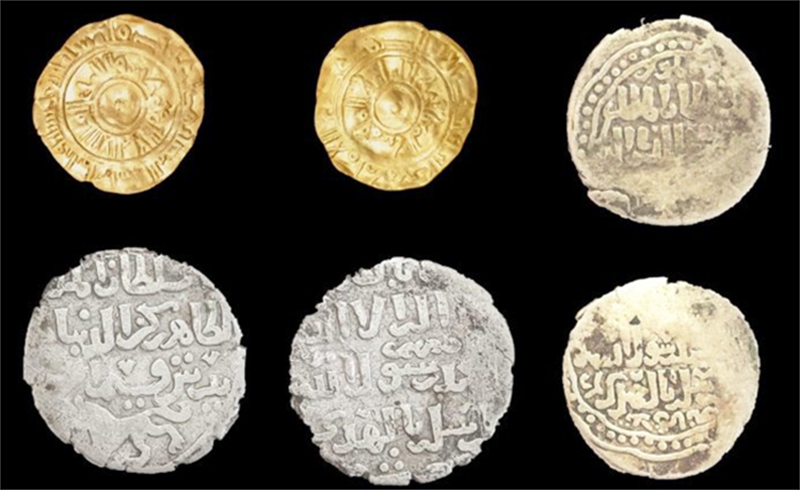




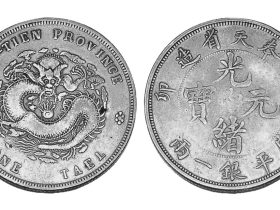
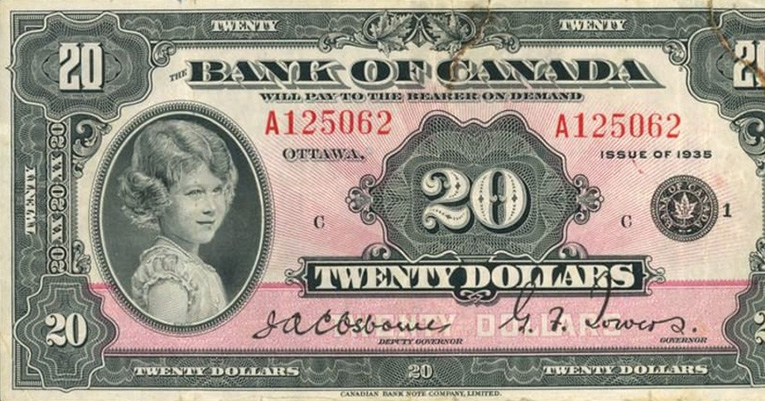
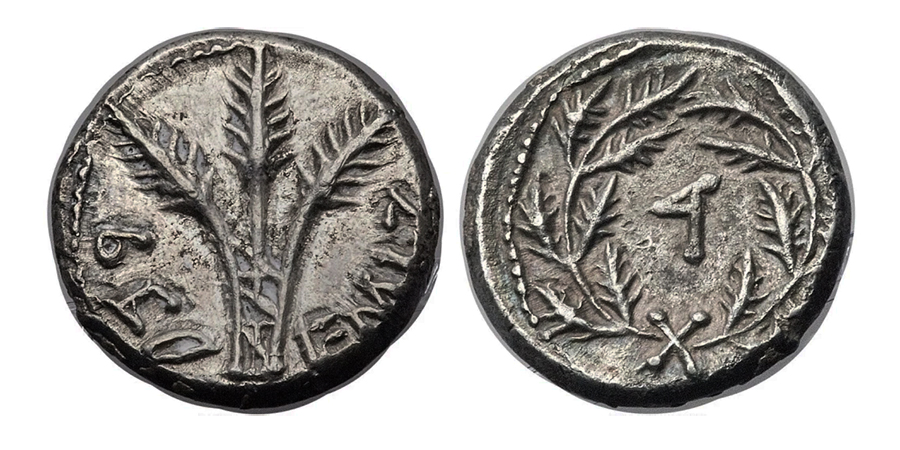
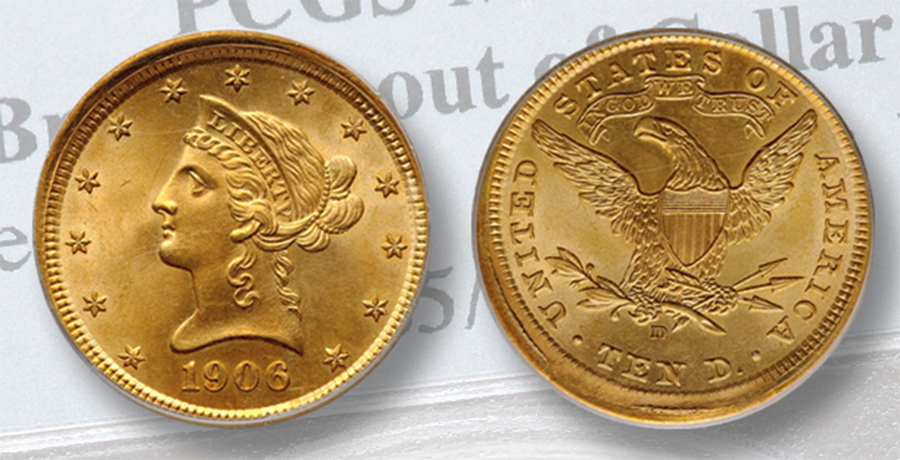

Leave a Reply